In the Spotlight: Your Wholesale Products
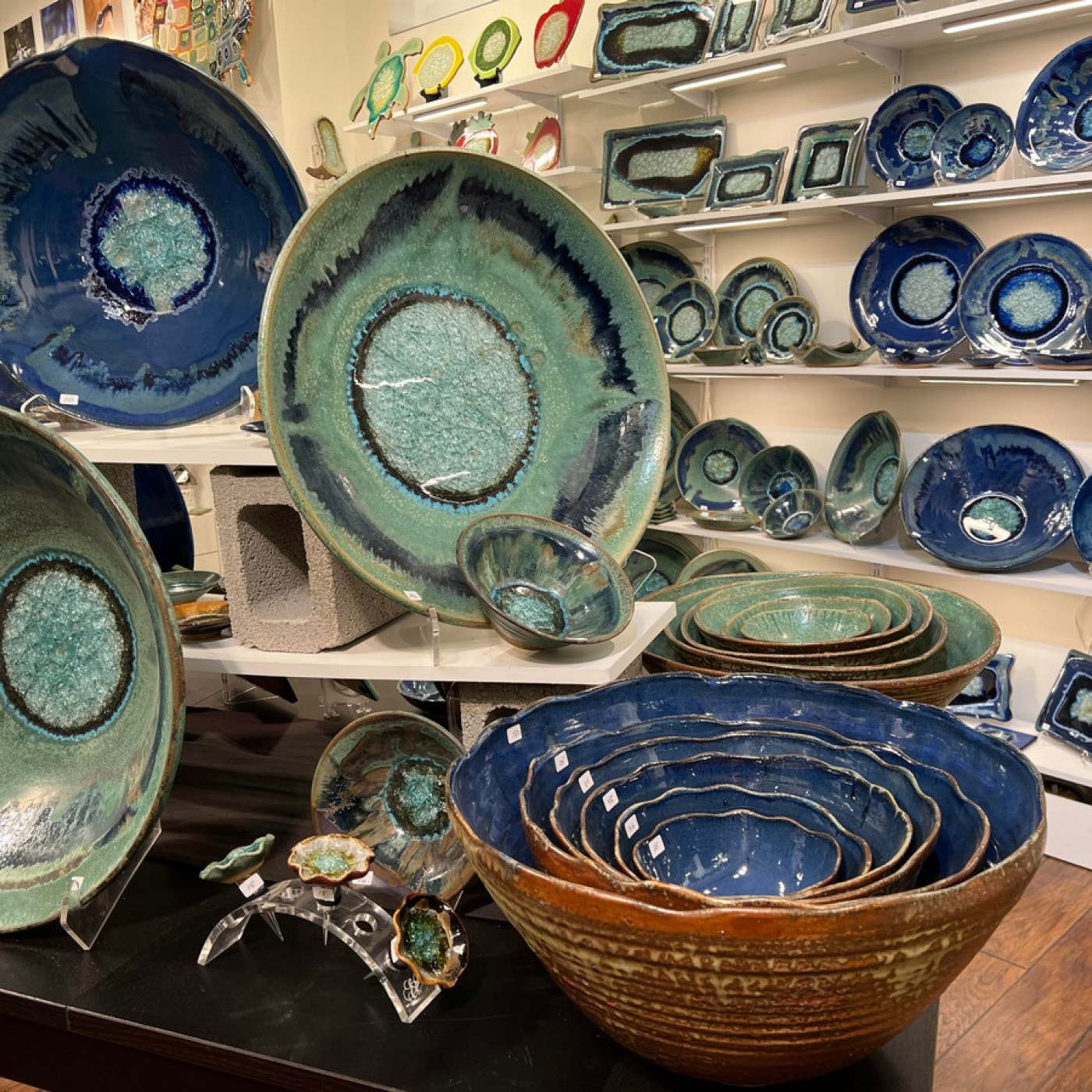
Photo courtesy of Diane Sulg
Quite naturally, the artistic products you create are the stars of your wholesale business. In this article, we are going to see how you can jump-start your wholesale sales by making your products irresistible to store buyers.
The first step is obvious. Design all your products well and produce them with top-notch materials. Take special care to finish them meticulously so even the most fastidious customer is satisfied.
Build your product line with a distinct look — a style that is personal and unique. Even an ordinary item like a coffee mug can possess a striking personality when its architecture, design, or even color palette is in a definite style. Successful wholesale artists have developed a style that permeates all their work and is instantly identifiable.
Another important, early task is to make your studio and work environment wholesale friendly. Selling wholesale means you are working in production mode.
At the outset, examine your workspace, and if necessary, alter it to handle step-by-step creation. Devise storage for your raw materials, finished products, and shipping materials. Streamlining your space and work habits will make your work more efficient and save you both time and money in the long run, which are important production costs.
While you are analyzing your production process, it is an excellent time to develop a production calendar. Know how long it takes you to make each product when everything is going perfectly. Add a bit of a cushion for those unexpected events that can throw you a curve.
When you receive a wholesale order with a firm ship date, write it in your production calendar. As that time frame fills, be firm with your buyers and move additional orders into the future. This will help you keep both a smooth schedule and your sanity! You also will have happy buyers when they get their orders at the promised time.
What products are store buyers most eager to buy these days? Put simply, they want new items their customers have not seen yet. In fact, the mantra of retail is “what’s new?”
You will be challenged consistently to develop new products throughout your entire wholesale life. Many wholesale artists are always thinking about and working on new items, and each time they attend a trade show, their new products are in the spotlight.
If you are lucky enough to have a brand-new product to introduce to the wholesale market, you already have an advantage. I remember a trade show where a young man first exhibited his big, beautiful, and very artistic lasered wood panels, perfect for a showy wall. Nothing else like it was at the show, and the artist did an amazing amount of business.
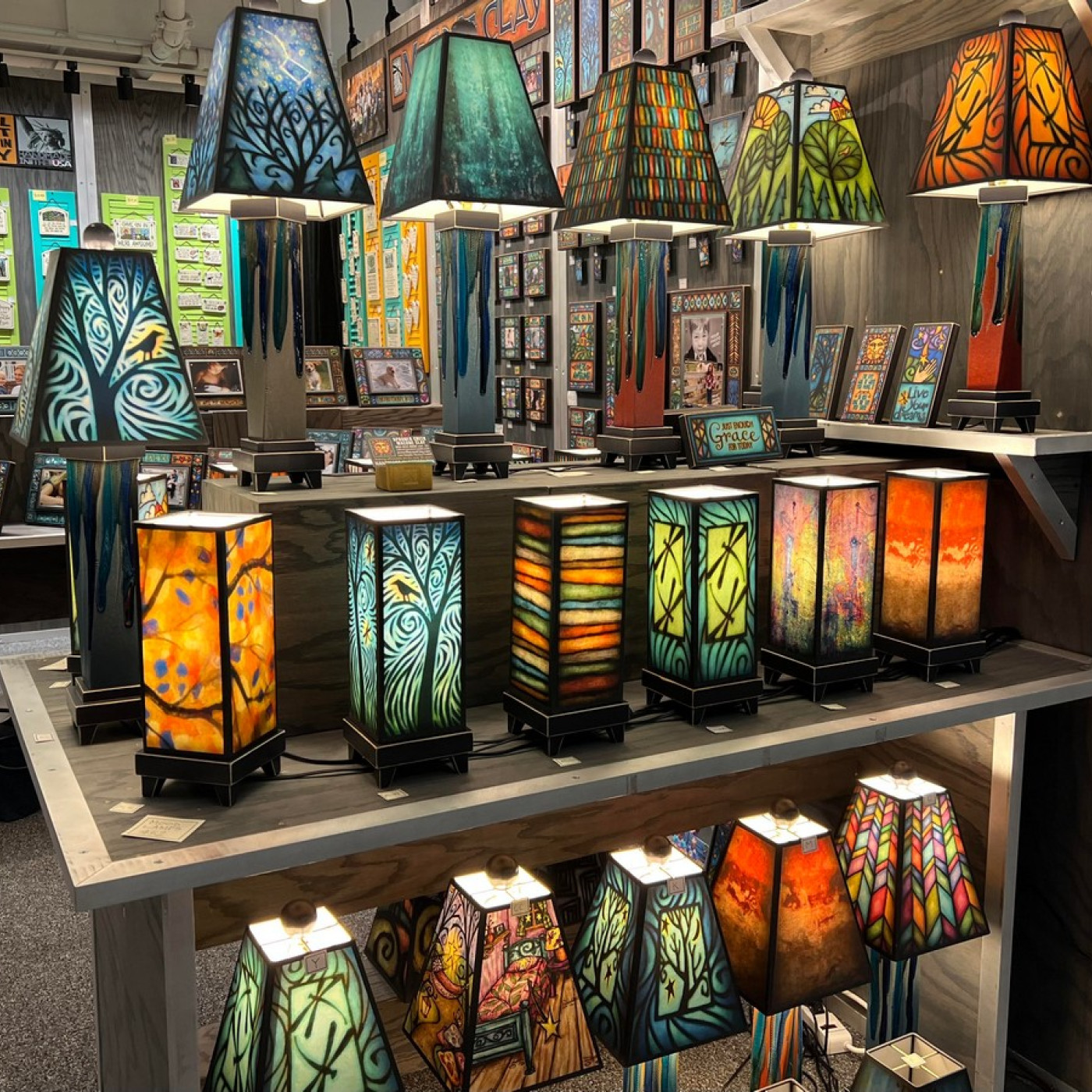
Photo courtesy of Diane Sulg
Even if you have a more commonly made product, do your best to distinguish it from the crowd. What makes it special? Design, color, size, or materials? Is it functional, adaptable, or eco-friendly?
Make sure you have a memorable story that elevates your product into a special spotlight. There is a glass-ornament maker who “uses ash from the eruption of Mt. St. Helens in every piece to give it its iridescence.” Memorable facts like this make your product appear special, so retailers want them in their store.
Also, it is good to think about how the retailer will display your product in her store. Many times, a family of products with a couple large pieces (the Papa and the Mama) and then some smaller items (the babies) looks great on a table, shelf, or wall. Those bigger pieces often catch the customer’s eye and help to sell the smaller items.
It also gives your line a spectrum of pricing. Most retailers are cautious about investing in only higher-priced items because they often sit longer in their store. So, examine your line and try to have some lower-end items that can become your bread and butter, as well as a large mid-price range and finally some expensive items that will make you dance when they are ordered.
One important piece of advice is to always listen to your customers. If they have been in business for some time, they have probably survived a recession, a pandemic, soaring overhead, and shifting style trends.
There are so many cases where a customer’s suggestion resulted in a maker’s best product. For instance, a wind chime maker was often asked if he had a smaller chime for folks with an apartment balcony instead of a huge yard with big trees. Today, these “Car Chimes” — yes, chimes to hang on a rearview mirror — are their No. 1 seller!
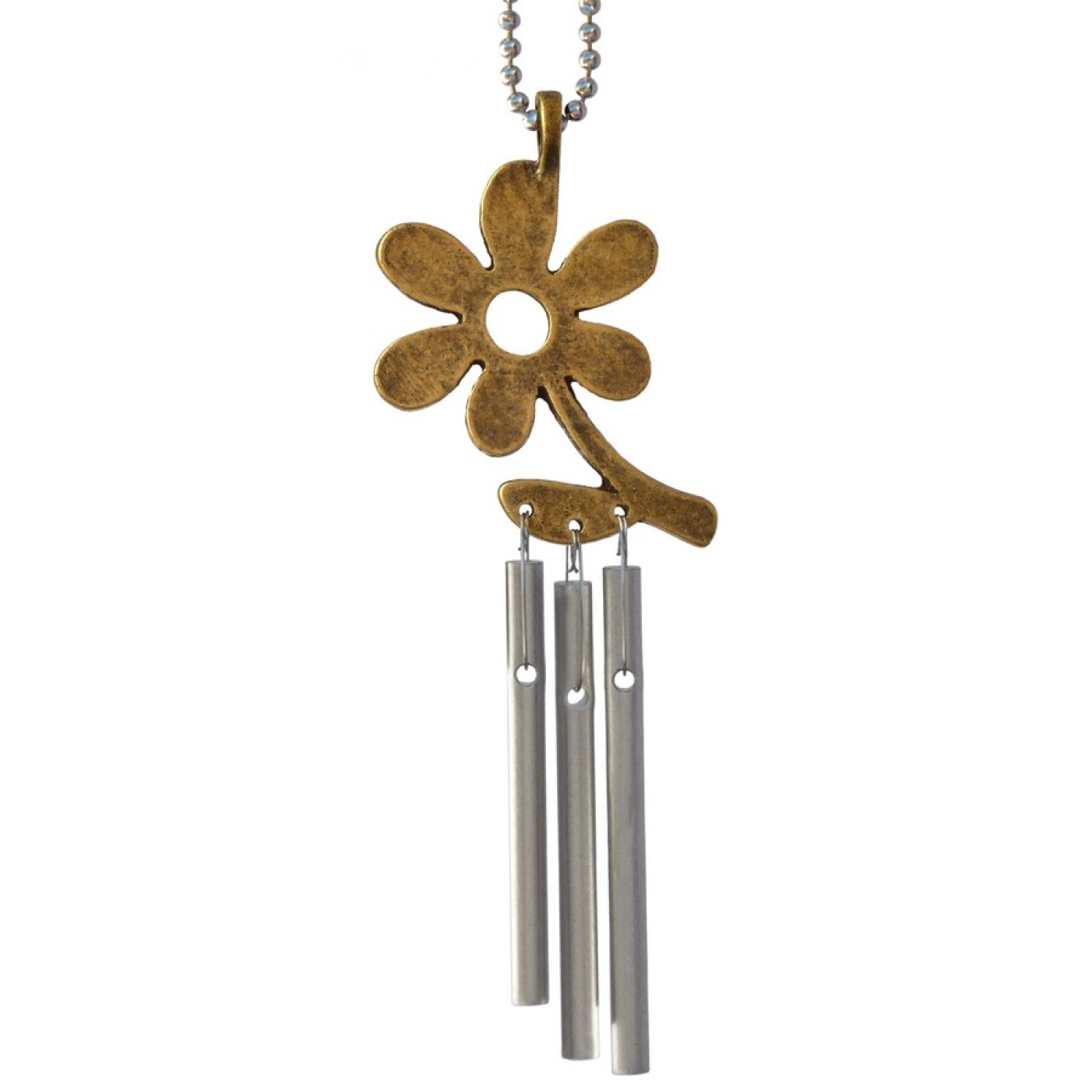
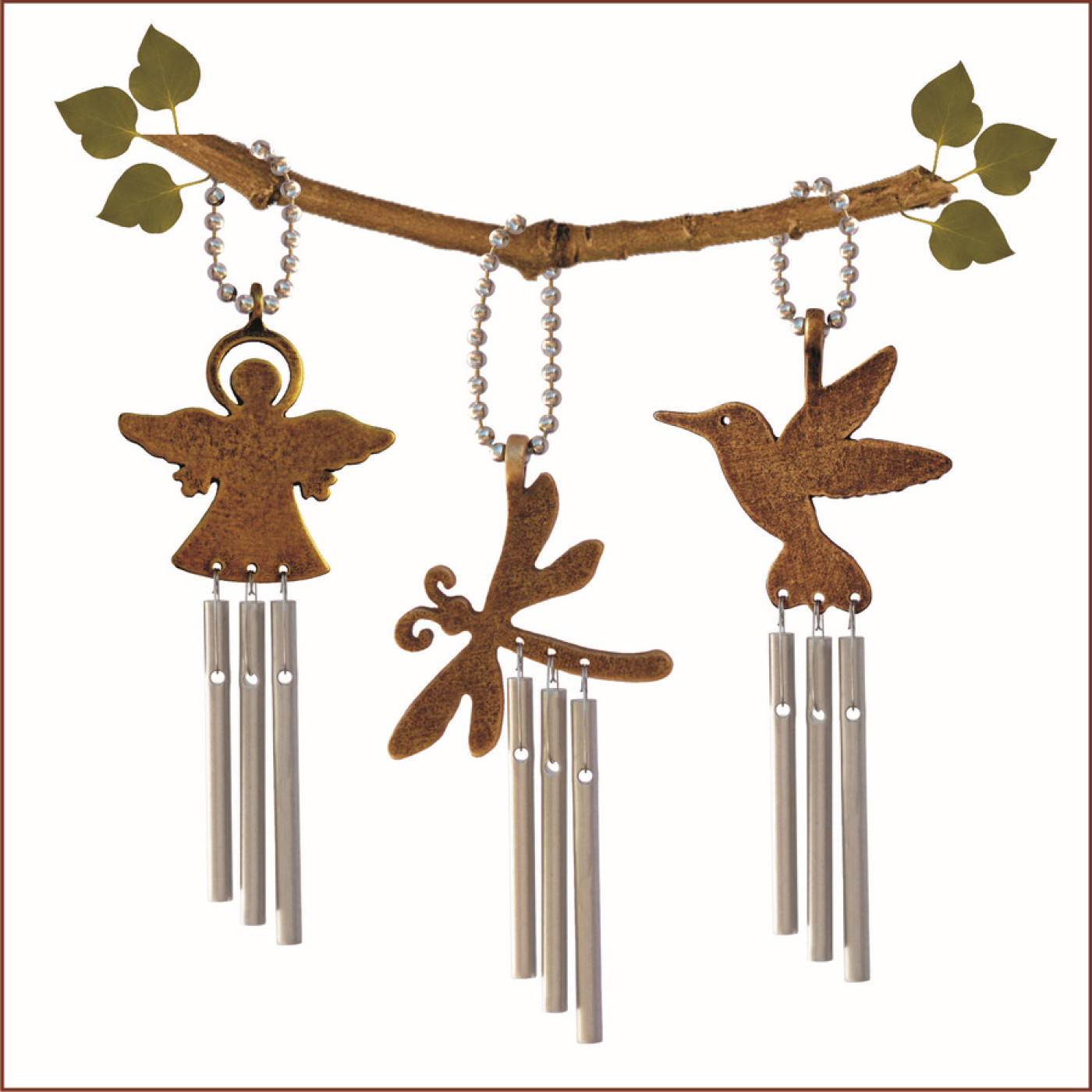
Some items consistently sell, and many of these are decorative holiday items. Christmas always sells, as do items for fall and Valentine’s Day. And they sell at trade shows all year round.
All retailers plan and order months in advance, so if their primary ordering show is in January or February, they will be placing holiday orders to deliver next October.
That does not mean every artist should be making Santas, hearts, and pumpkins, but it does serve you well to keep these events in mind when you are designing your line. It might be as simple as using a deep primary color palette to highlight the pottery on your winter table setting and some pastel hues for your summer beach theme.
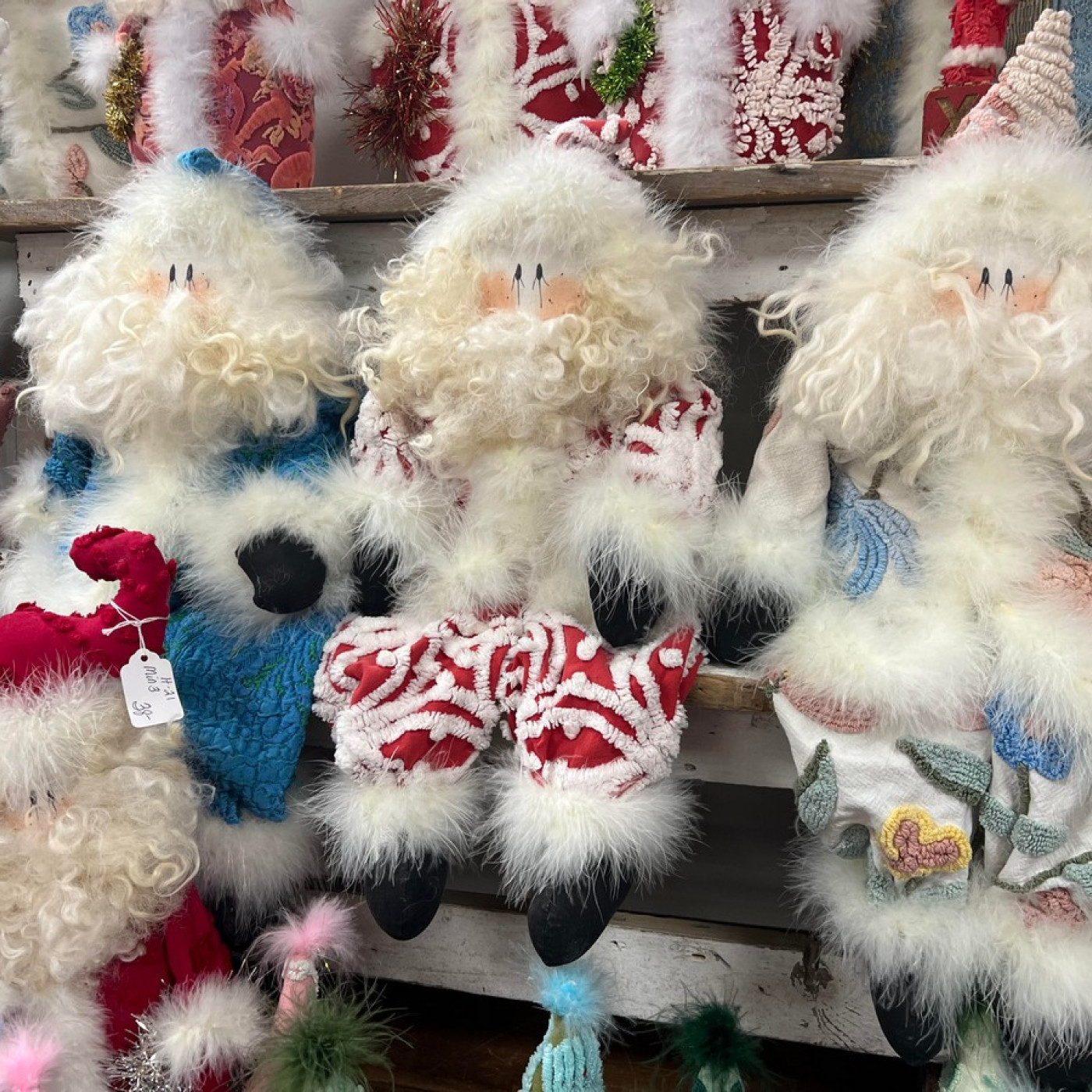
Photo courtesy of Diane Sulg
If you have been selling your work at art fairs, you probably have devised some neat ways to display your work. Help your retailers by sharing these ideas and consider making display fixtures available to them.
In our gallery, we sold simple, inexpensive wooden bookmarks, which had different cutout designs on them. In addition to the bookmarks, the artist made a small, matching wood box that held the bookmarks right by our checkout area.
The bookmarks sold rapidly. We could see when they needed to be replenished, and the thoughtful artist put his reordering information on the bottom of the box!
If your work requires or is enhanced by a tag with product info, design one that complements but does not overwhelm or detract from the product. It is fine to use your logo or tag line, but do not include your website or phone number. Keep in mind that the store wants to keep its customers buying your products in their shop, not online from you.
Many artists wonder if they should go to the trouble and expense of providing packaging for their items. In most cases, my advice is no.
Shops tend to have their own packaging with their signature logo and colors. However, if your product consists of multiple pieces, then consider the most attractive and cost-effective packaging possible.
If you are a jeweler who can put earrings on a card, check if the store wants the card. If not, just ship each piece of jewelry in a plastic bag labeled with its product code. Packaging adds both money and time to your product, so try to avoid it when possible.
One final area for early consideration is the shipping of your products. Examining this early can save you money and hassles later.
First, are your products shipping friendly? By nature, some items — such as glass and pottery — are not. Those need Bubble Wrap and even double boxing.
However, look at your regular products. Are they an awkward size? Does reducing the length of your cutting board by a quarter of an inch put it in a less expensive carton? Now is the time to consider what you need in order to ship every item in your inventory and where you can source these shipping materials least expensively.
This is also a good time to learn the intricacies of shipping. You do not want to be taking every item or box to your local post office or UPS store because that will always be the most expensive. Plan to buy all your packing materials in bulk and remember that using recycled materials is more than acceptable and good for our planet.
You can get a shipping account with a company like UPS or FedEx and run the labels in-house. Also consider an online service like Pirate Ship or Shippo, which can save you time and money. In most cases, you will be adding the cost of shipping to the retailer’s invoice, so they will appreciate that you are saving them money.
Selling wholesale truly puts you and your products into business mode. You will need to analyze every aspect of your product, from its initial design to its final shipment. Make sure it is well-made in a consistent, smooth process. Give it your signature style.
Keep presenting new and exciting merchandise. Understand what the retailer needs for each season in her shop and give her something extraordinary to excite her customers.
Help stores display and market all your products with complimentary or inexpensive collateral materials. Visit interesting shops and visualize the products you make displayed there. Keep that picture in your mind as you take all the important steps to make it a reality!
---
Market Success Story

“Business takes place in Vegas. With the growth and expansion of the Vegas Market Center, this biannual show brings in the buyers.
The show is a critical part of our business. We don’t see these buyers at other markets. Vegas draws people. It is affordable to travel and stay.
There aren’t any other West Coast shows with this volume of buyers and sellers. The live show format cannot be replaced in any virtual space.
So, Vegas gets us a great return on time and investment. The new hall for temps is super easy to navigate. It’s a really well-produced show!”
— Howard Schwartz
Co-owner of Whitney Howard Designs
---
About the Author
Diane Sulg
Diane Sulg is executive director of CRAFT and founder and co-chair of American Craft Week (ACW). She is a handmade advocate who provides valuable information in her one-day seminars titled “All About Wholesale” at wholesale shows throughout the United States. Diane is the former owner of Maddi’s Gallery, in Charlotte and Huntersville, North Carolina.
